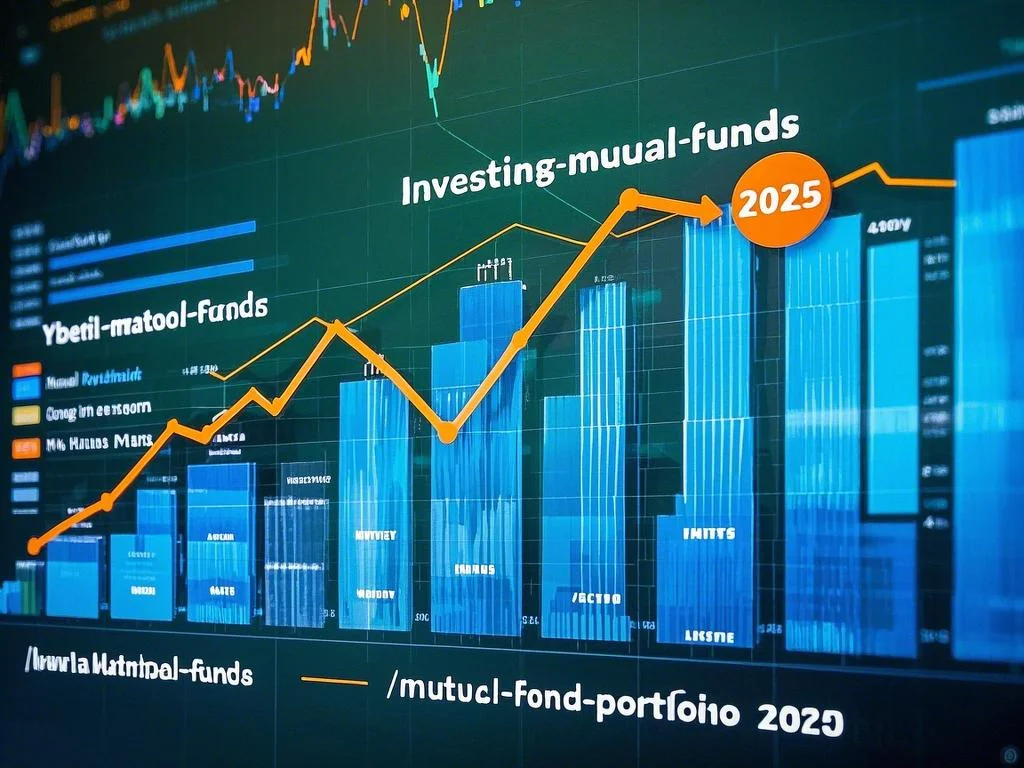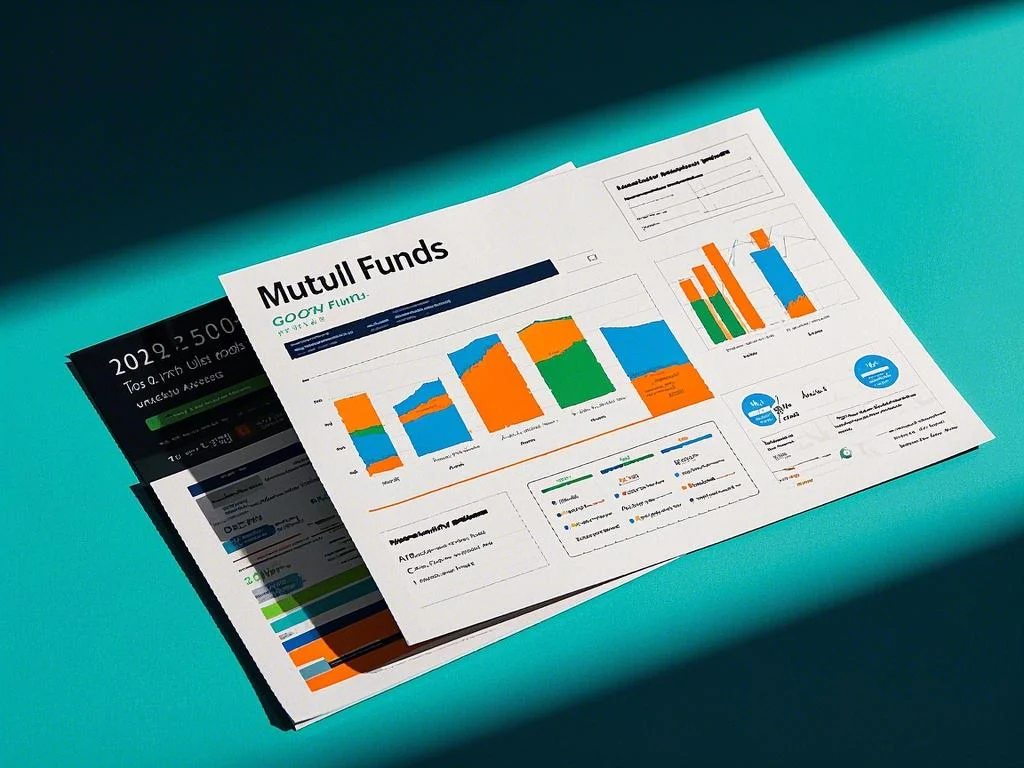Actively managed funds are a popular investment option for those seeking professional management and the potential for higher returns. Unlike passively managed funds, which aim to replicate the performance of a specific index, actively managed funds rely on the expertise of fund managers to select investments and make strategic decisions. While these funds can offer significant advantages, they also come with certain drawbacks. In this article, we’ll explore the pros and cons of actively managed funds, discuss how they compare to other investment options, and provide tips to help you decide if they’re right for your portfolio.
What Are Actively Managed Funds?
Actively managed funds are investment vehicles where a fund manager or a team of managers makes decisions about how to allocate the fund’s assets. The goal is to outperform a specific benchmark or index, such as the S&P 500 or the Bloomberg Barclays U.S. Aggregate Bond Index. Fund managers use a variety of strategies, including fundamental analysis, technical analysis, and market timing, to identify undervalued securities and capitalize on market opportunities.
These funds can invest in a wide range of asset classes, including stocks, bonds, and alternative investments. They are often categorized by their investment focus, such as large-cap growth, small-cap value, or international equities. Actively managed funds are available in various forms, including mutual funds, exchange-traded funds (ETFs), and closed-end funds.
Pros of Actively Managed Funds
Actively managed funds offer several potential benefits, including the potential for higher returns, professional management, and flexibility. Here’s a closer look at these advantages:

Potential for Higher Returns
One of the primary reasons investors choose actively managed funds is the potential for higher returns. Skilled fund managers can identify undervalued securities and take advantage of market inefficiencies to generate alpha, or excess returns above the benchmark. This can be particularly valuable in volatile or inefficient markets, where active management can add significant value.
For example, during market downturns, active managers can adjust their portfolios to reduce risk and protect capital. Conversely, during bull markets, they can capitalize on growth opportunities to maximize returns. While not all actively managed funds outperform their benchmarks, those with experienced managers and strong track records can provide attractive returns over the long term.
Professional Management
Actively managed funds are overseen by professional fund managers who have the expertise and resources to make informed investment decisions. These managers conduct thorough research and analysis to identify the best investment opportunities, taking into account factors like company fundamentals, industry trends, and macroeconomic conditions.
For individual investors, accessing this level of expertise and research can be challenging. By investing in actively managed funds, you can benefit from the knowledge and experience of professional managers, potentially improving your investment outcomes.
Flexibility
Actively managed funds offer greater flexibility compared to passively managed funds. Fund managers can adjust their portfolios in response to changing market conditions, economic trends, and investment opportunities. This flexibility allows them to take defensive actions during market downturns and capitalize on growth opportunities during bull markets.
For example, an active manager might increase exposure to defensive sectors, such as utilities or consumer staples, during periods of economic uncertainty. Conversely, they might increase exposure to cyclical sectors, such as technology or industrials, during periods of economic growth. This dynamic approach can help manage risk and enhance returns over time.
Cons of Actively Managed Funds
While actively managed funds offer several potential benefits, they also come with certain drawbacks. Here are some of the key disadvantages to consider:
Higher Costs
One of the primary drawbacks of actively managed funds is their higher costs. These funds typically have higher expense ratios compared to passively managed funds, as they incur additional costs for research, analysis, and trading. These costs can eat into your returns over time, reducing the overall performance of the fund.
For example, the average expense ratio for actively managed equity mutual funds is around 0.66%, compared to 0.05% for index funds. While this difference may seem small, it can have a significant impact on your long-term returns, especially when compounded over time.
Inconsistent Performance
While some actively managed funds outperform their benchmarks, many do not. According to research, a significant percentage of actively managed funds underperform their benchmarks over the long term. This inconsistency can make it challenging to identify funds that will deliver superior performance.
Additionally, past performance is not always indicative of future results. A fund that has outperformed in the past may not continue to do so, especially if market conditions change or the fund manager leaves. This uncertainty can make it difficult to rely on actively managed funds for consistent returns.
Manager Risk
Actively managed funds are heavily reliant on the skills and decisions of the fund manager. If the manager makes poor investment decisions or leaves the fund, it can negatively impact performance. This manager risk is a key consideration for investors, as it introduces an additional layer of uncertainty.
To mitigate this risk, it’s important to research the fund manager’s track record, investment philosophy, and tenure with the fund. However, even with thorough research, there is no guarantee that the manager will continue to deliver strong performance.
How to Choose Actively Managed Funds
If you decide to invest in actively managed funds, here are some tips to help you choose the right ones for your portfolio:
Evaluate Performance and Track Record
When selecting an actively managed fund, it’s important to evaluate its performance and track record. Look for funds that have consistently outperformed their benchmarks over the long term, rather than those with short-term gains. Additionally, consider the fund’s performance during different market conditions, such as bull and bear markets.
You can use tools like mutual fund ratings to compare funds and assess their performance relative to their peers. These ratings are based on factors like risk-adjusted returns, expense ratios, and manager tenure, providing a comprehensive view of the fund’s quality.
Consider Costs
Costs are a critical factor in the performance of actively managed funds. Look for funds with low expense ratios and no-load options, which do not charge sales commissions. While higher costs do not guarantee better performance, they can significantly impact your long-term returns.
Diversify Your Portfolio
Diversification is key to managing risk when investing in actively managed funds. Consider incorporating a mix of funds across different asset classes, such as equities, bonds, and alternative investments. For example, you might combine equity funds with fixed-income funds to achieve a balanced portfolio.
Final Thoughts
Actively managed funds offer the potential for higher returns, professional management, and flexibility, making them an attractive option for many investors. However, they also come with higher costs, inconsistent performance, and manager risk, which can impact their overall effectiveness. By carefully evaluating the pros and cons and selecting funds with strong track records and low costs, you can make informed decisions and build a successful investment portfolio.
Whether you’re investing in bond investing or seeking risk-adjusted bond returns, actively managed funds can play a valuable role in your strategy. With the right approach, you can navigate the complexities of the market and achieve your financial goals.
